By Catherine McKinley
WOVEN CLOTH ORIGINS? The oldest example of textiles were flax fibers, radiocarbon-dated to between 30,000-36,000 years ago. Woven wool fabrics seem to have first been used in 300 – 400 BC.
THE FIRST TARTAN? The FALKIRK TARTAN (SETT): In 1933, during an archaeological dig at Falkirk, Scotland (25 miles west of Edinburgh) an earthenware pot was found. It contained Roman coins and two scraps of two-toned woolen fabric. The coins were dated from between 83 BC and 230 AD when Falkirk was under Roman Occupation.
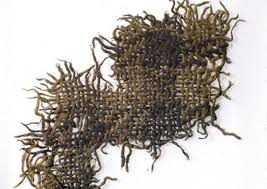
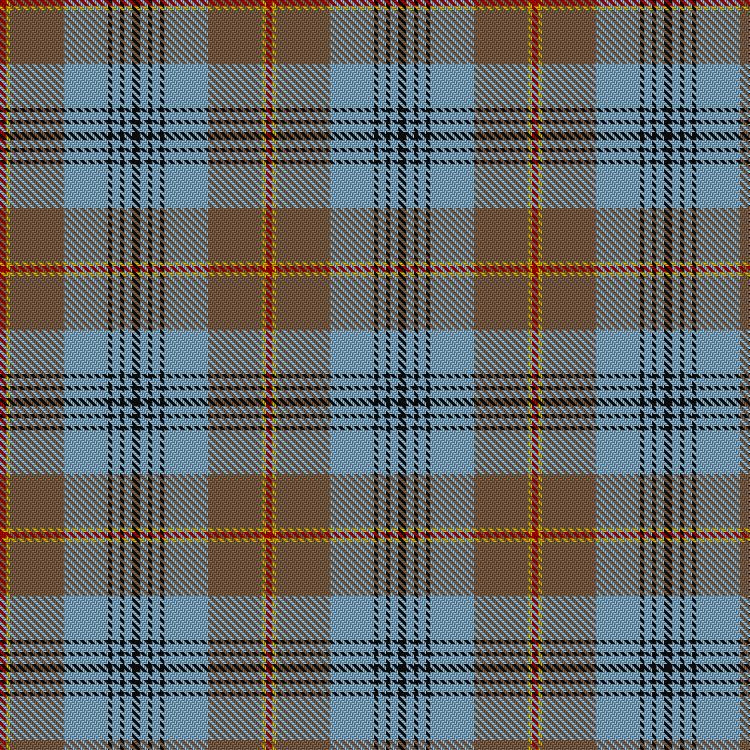
Evolution of the Modern Kilt
4th Century.It might have begun in the 4th Century with the “LEINE” (Saffron Shirt). This was a tunic, usually yellowish having been dyed in saffron. It was often worn with a belt.
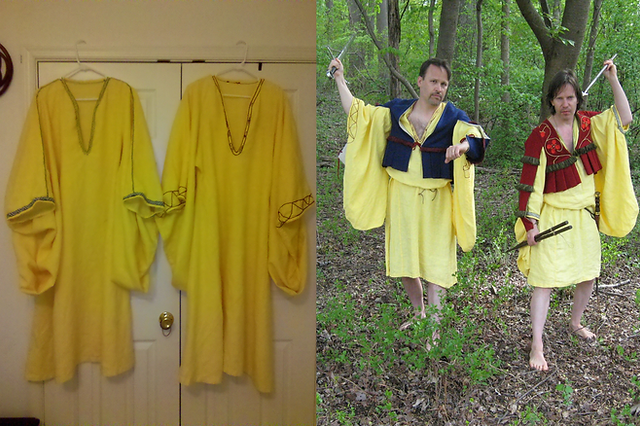
16th Century. “FEILTADH MOR” (Great Wrap) arrived in the 1500’s. It was an extra large cloth piece draped on the wearer with some to spare. The extra fabric was used as a cloak, carry pouch, blanket and/or sleeping mat.
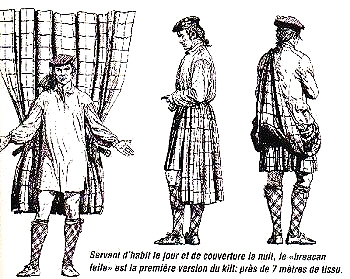

BREACON-AN-FEILEADH (Belted Plaid). The fabric was wrapped around the waist and gathered into loose folds. Sometimes, “trews” were worn underneath for extra warmth.
Trews are a type of trousers, but are not identical. Tartan trews sit higher on the waist than a standard pair of trousers, feature a wide waistband and a fishtail back. The waistband on Tartan trousers is straight and more narrow than trews.
18th Century. FEILEADH BEAH (Small Kilt).This is very close to what is still worn today. Instead of one draped piece, it was separated, fitted, made of heavier fabric and included box pleats. Here is where The Kilt Pin comes into use. Tartan patterns became more formalized and structured. Kilts made with tartan patterns became a symbol of national pride and history.
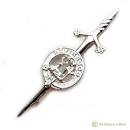
IMPORTANT: The 18th Century encompassed the Jacobite Uprisings. The effect of it on clothing was that between 1746 – 1782, kilts were banned by law. Therefore, during this time, some kind of leggings had to be worn. The Highland Dance Seann Triubhas (pronounced shawn trewes) which means “without trousers” celebrates the end of the ban. The dance moves symbolize shaking off the confining trousers, then, joyously, swinging the “freed” leg.
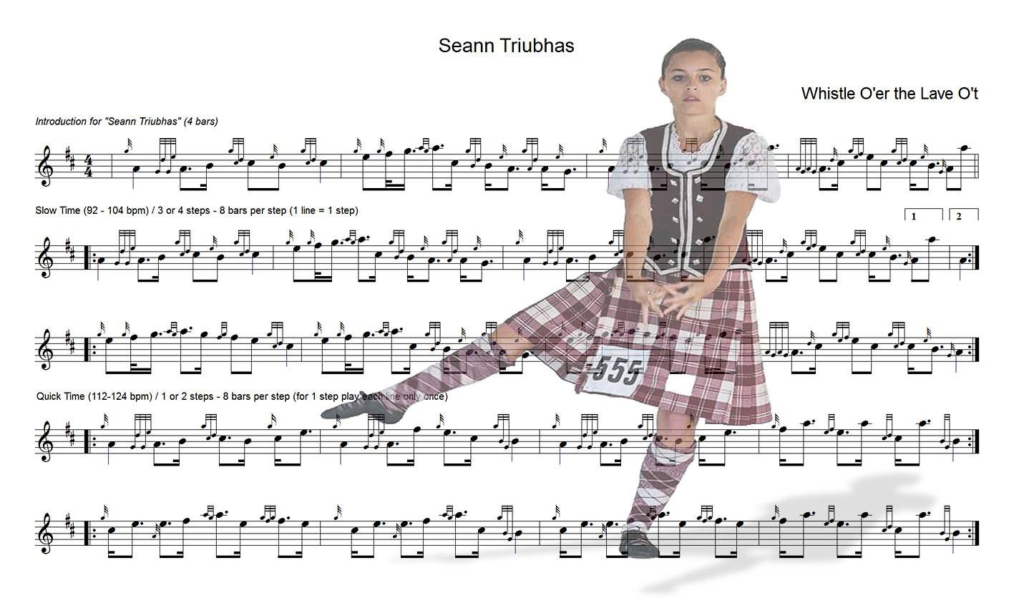
The history of THE SCOTTISH KILT is a long one, which, in all its glory, continues today and will likely go on for a long time.

